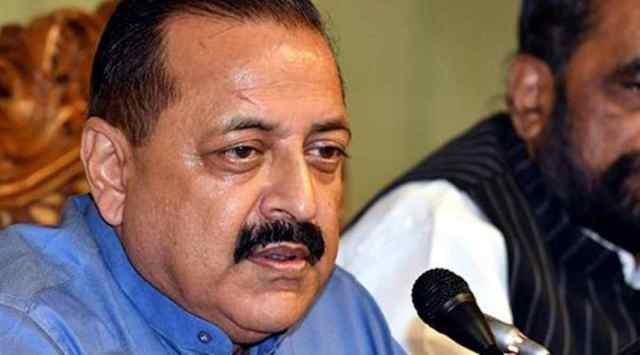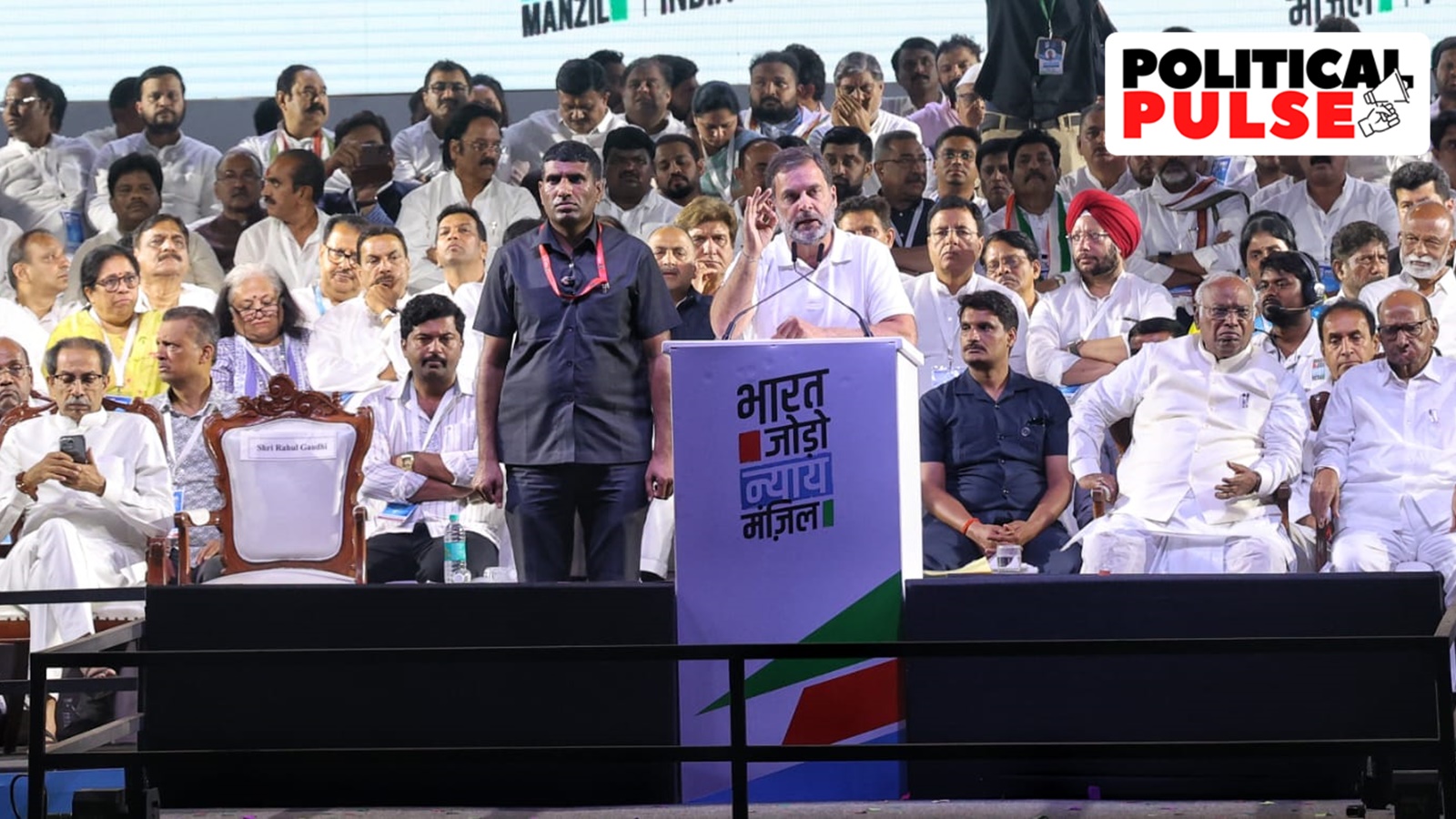India aims to generate 9% of its electricity from nuclear sources by 2047, the centenary year of its independence, according to Union Minister Jitendra Singh. The Science and Technology minister made this announcement while reviewing the operations of the Bhabha Atomic Research Centre.
Singh highlighted that increasing the share of nuclear power in India’s energy mix will bring the country closer to achieving its goal of reaching net zero emissions by 2070. The Department of Atomic Energy has been tasked with reaching a capacity of 20 gigawatts (GW) of nuclear power generation by 2030, positioning India as the world’s third-largest producer of atomic energy, following the US and France.
Singh credited Prime Minister Modi for the progress, noting the approval of 10 reactors in a fleet mode and the facilitation of joint ventures with PSUs for nuclear installations. India currently ranks sixth in the world for operational nuclear reactors and second for total number of reactors, including those under construction.
In the fiscal year 2021-22, nuclear power reactors in India generated 47,112 million units of electricity, accounting for approximately 3.15% of the country’s total electricity output. The existing nuclear power capacity is projected to increase from 6,780 megawatts (MW) to 22,480 MW by 2031 through the completion of ongoing projects and sanctioned initiatives, Singh informed the Lok Sabha.





+ There are no comments
Add yours